Short story vs novella: while both are works of fiction, they differ in length, complexity and narrative scope. Short stories are concise and limited in scope, often aiming to evoke a specific mood, emotion or idea within a short space. In contrast, novellas are longer than short stories but shorter than novels, allowing for more depth and exploration than a short story while still maintaining a sense of conciseness and efficiency. This text will explore the differences between short stories vs novellas, including their typical word counts, narrative structures and famous examples.
- Short story: Definition | Word count | Examples
- Novella: Definition | Word count | Examples
- Short story vs novella: Comparison
- Preparing a short story or a novella for publication
Short story
What is a short story?
A short story is a brief work of fiction that typically focuses on a single plot, character or theme. Unlike novels, short stories are concise and limited in scope. Moreover, they often aiming to evoke a specific mood, emotion or idea within a short space. They usually feature a smaller cast of characters and a simpler plot structure than longer fiction forms. Short stories can vary but generally range from a few hundred to a few thousand words. They offer a snapshot of a moment, an event or a relationship, providing a complete narrative arc within a compact framework.
How many words are in a short story?
The word count of a short story can vary widely depending on the author’s style, the story’s complexity and the publication’s guidelines. Generally, short stories can range from as few as 1,000 words to as many as 20,000 words. However, most fall between 1,000 and 7,500 words. On the other hand, flash fiction is an even shorter form of storytelling. It can be as brief as a few hundred words or a single sentence. The key aspect of a short story is its ability to convey a complete narrative with a beginning, middle and end within a limited word count.
What are some examples of famous short stories?
- Stephen King’s short story ‘Rita Hayworth and Shawshank Redemption’ from his collection Different Seasons follows the tale of a wrongly convicted man’s friendship and his quest for freedom. It inspired The Shawshank Redemption film, directed by Frank Darabont.
- Annie Proulx’s short story ‘Brokeback Mountain’ was originally published in The New Yorker. It portrays the forbidden love between two cowboys, exploring themes of love, identity and societal expectations. It inspired And Lee to direct a film under the same title.
- Ted Chiang’s short story ‘Story of Your Life’ delves into linguistic theory and the complexities of communication as humanity interacts with extraterrestrial visitors. It served as an inspiration for Denis Villeneuve’s film Arrival.
- F. Scott Fitzgerald’s short story ‘The Curious Case of Benjamin Button’ explores the extraordinary life of a man who ages backwards. It was a loose inspiration behind David Fincher’s film under the same title.
- Philip K. Dick’s short story ‘The Minority Report’ presents a dystopian future where crimes are predicted before they happen, exploring free will and determinism themes. It inspired Steven Spielberg’s film under the same title.
- Philip K. Dick’s short story ‘We Can Remember It for You Wholesale’ explores themes of memory, identity and reality. It inspired Paul Verhoeven’s science fiction film Total Recall.
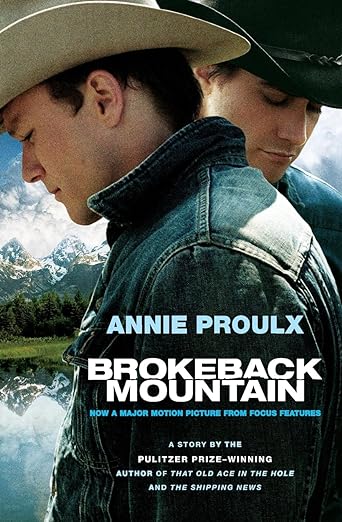
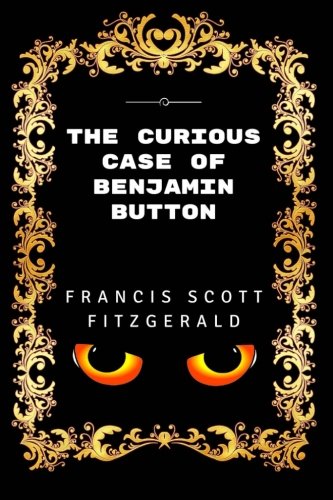
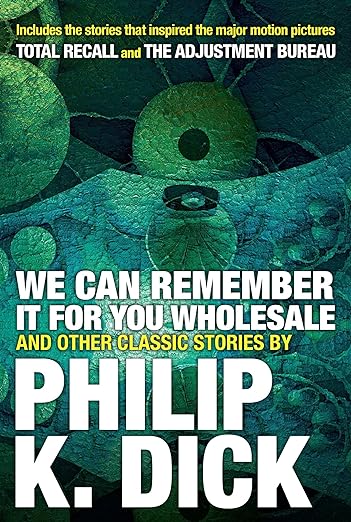
Novella
What is a novella?
A novella is a work of fiction that falls between a short story and a novel in terms of length and complexity. It is longer than a short story but shorter than a full-length novel. Novellas typically range from about 20,000 to 40,000 words, although this can vary.
Novellas often have a more focused narrative than novels, with fewer subplots and a tighter scope. They allow authors to explore characters and themes in more depth than a short story while still maintaining a sense of conciseness and efficiency.
Because of their shorter length, novellas can be read in one sitting and are often well-suited to exploring a single idea or theme in depth. They have a long history in literature, with many famous authors, such as Henry James and Franz Kafka, having written notable novellas.
How many words are in a novella?
Novellas typically range from about 20,000 to 40,000 words, although this can vary. However, there is no strict word count requirement for a work to be considered a novella. Rather, it is more about the narrative length and complexity falling between that of a short story and a full-length novel. Some novellas may be shorter or longer than the typical range. Still, they generally maintain a sense of conciseness and efficiency while allowing for more depth and exploration than a short story.
What are some examples of famous novellas?
- Truman Capote’s novella ‘Breakfast at Tiffany’s’ follows the captivating Holly Golightly as she navigates life and love in New York City’s social scene. It inspired the classic film of the same name, directed by Blake Edwards and starring Audrey Hepburn.
- ‘The Strange Case of Dr. Jekyll and Mr. Hyde’ by Robert Louis Stevenson follows the transformation of a respectable doctor into a murderous alter ego. This novella has been adapted into numerous films, including the 1941 version starring Spencer Tracy.
- Stephen King’s novella ‘The Body’ from the collection Different Seasons chronicles a group of young boys’ journey to find the body of a missing boy, delving into themes of friendship, innocence and loss. It served as the basis for the film Stand by Me, directed by Rob Reiner.
- Franz Kafka’s novella ‘The Metamorphosis’ tells the story of Gregor Samsa, who wakes up one morning transformed into a giant insect. The novella explores themes of alienation, existentialism and the absurd. It has inspired several film adaptations, including The Metamorphosis of Mr. Samsa, directed by Caroline Leaf and The Fly, directed by David Cronenberg.
- Anthony Burgess’s novella ‘A Clockwork Orange,’ set in a dystopian future, follows the ultra-violent protagonist Alex as he undergoes aversion therapy to cure his criminal behaviour. It inspired Stanley Kubrick’s controversial film adaptation of the same name.

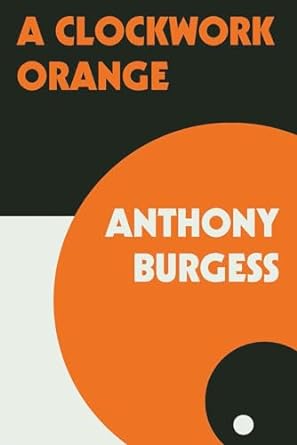
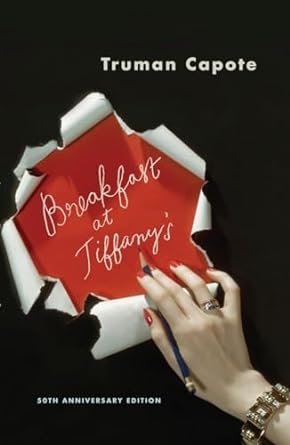
Short story vs novella: Similarities and differences
Short stories and novellas are both forms of fiction, but they differ in length, scope and complexity. Here’s a comparison of similarities and differences in a short story vs novella:
Similarities
- Narrative structure: Both short stories and novellas typically have a clear narrative structure, including exposition, rising action, climax, falling action and resolution.
- Character development: Both forms allow for the development of characters. However, novellas generally provide more depth and complexity in character exploration compared to short stories.
- Themes and symbols: Both short stories and novellas can explore themes and employ symbols to convey deeper meanings and messages to the reader.
- Conciseness: Both forms require authors to be concise and efficient with their storytelling, making every word count to convey the narrative effectively.
Differences
- Length: The most obvious difference between a short story vs novella is their length. Short stories are typically much shorter, ranging from a few hundred to a few thousand words. At the same time, novellas are longer, ranging from 20,000 to 40,000 words.
- Complexity: Novellas have more room for complexity in terms of plot, character development and thematic exploration compared to short stories. Short stories focus on a single plot or idea, while novellas may have more subplots and character arcs.
- Scope: Short stories usually have a narrower scope, focusing on a single event, moment or theme. In contrast, novellas have a broader scope and can explore multiple themes and storylines.
- Pacing: Due to their length, novellas afford a slower pace and more detailed descriptions. On the other hand, short stories often have a faster pace and rely on concise storytelling to move the plot forward quickly.
How to prepare a short story or a novella for publication?
Here’s a breakdown of how specific editing services can assist in preparing a short story or novella for publication:
Developmental editing
- Plot development: Identifying areas where the plot needs clarification, expansion or restructuring to enhance the narrative flow and coherence.
- Characterisation: Providing feedback on character consistency, depth and development and suggesting ways to make characters more engaging and relatable.
- Structural guidance: Offering insights into the overall structure of the story, including suggestions for improving pacing, sequencing of events and narrative transitions.
Line editing
- Dialogue improvement: Offering suggestions to improve the naturalness, clarity and effectiveness of dialogue, including tightening conversations and adding subtext.
- Tightening prose: Identifying and revising areas of the manuscript where language could be tightened or streamlined to enhance clarity, conciseness and readability.
Copyediting
- Language polishing: Correcting grammatical errors, punctuation mistakes and awkward phrasing throughout the manuscript to ensure clarity and coherence.
- Formatting and style consistency: Checking for consistency in formatting, style and language usage to create a polished and professional final product.
Proofreading
- Error correction: Identifying and correcting typos, spelling errors, punctuation mistakes and formatting inconsistencies to ensure the manuscript is error-free and ready for publication.
Key takeaways
In summary, short stories and novellas are two distinct forms of fiction that differ in length, complexity and narrative scope. Short stories are brief works of fiction that focus on a single plot, character or theme within a limited word count. Novellas, on the other hand, are longer, allowing for more depth and exploration while still maintaining a sense of conciseness and efficiency. Both forms have their own unique advantages and offer different storytelling opportunities for writers. By understanding the differences between short story vs novella, writers can choose the best format for their story and provide readers with a more engaging and satisfying reading experience.
Contact me for a free sample edit of your novella or novelette manuscript (and remember to use my early bird discount). I am an experienced editor working with non-fiction, academic and business texts. I can help prepare your text for publication, from a big-picture analysis through highlighting your authorial voice to ensuring the correctness and consistency of the language.


